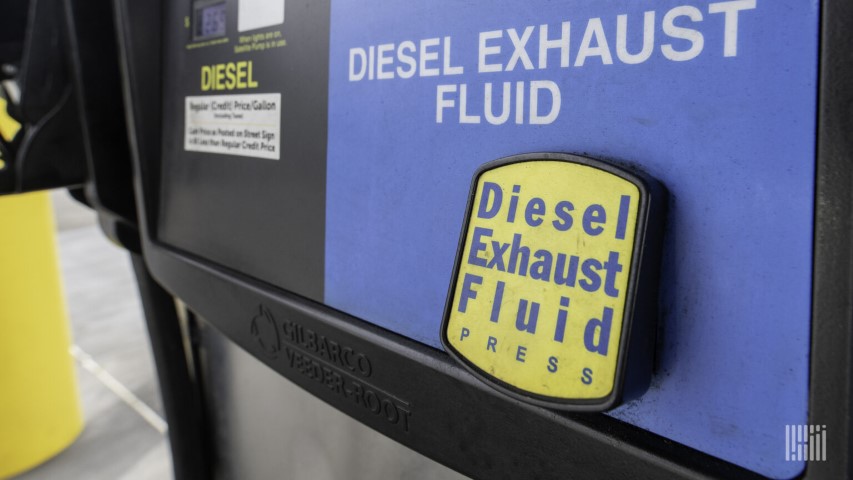 One critical but often overlooked aspect is the Diesel Exhaust Fluid (DEF) level. Understanding how to check this fluid is vital for the optimal performance of diesel engines.
One critical but often overlooked aspect is the Diesel Exhaust Fluid (DEF) level. Understanding how to check this fluid is vital for the optimal performance of diesel engines.
So, how can you ensure your DEF level is where it should be?
Imagine a seamless journey with your diesel-powered vehicle, where efficiency and environmental responsibility converge. Unraveling the simplicity of keeping your DEF level in check is not just a task; it’s a key to preserving your vehicle’s health and reducing its environmental footprint.
Take a moment to grasp this simple yet important procedure that can save you from potential headaches down the road.
Understanding DEF and Its Role
Diesel Exhaust Fluid (DEF) is a purified water and urea solution required for diesel engines equipped with Selective Catalytic Reduction (SCR) technology.
DEF facilitates the reduction of harmful nitrogen oxide (NOx) emissions, converting them into harmless nitrogen and water vapor. It plays a key role in meeting stringent global emissions standards, such as Euro 6 and EPA regulations, ensuring compliance in the automotive and industrial sectors.
Regular DEF usage in SCR-equipped engines is vital for optimal performance, environmental sustainability, and avoiding consequences like reduced power, decreased fuel efficiency, and potential damage to the SCR catalyst.
When to Check Your DEF Level
Typically, your vehicle will alert you when DEF levels are low, usually when the tank reaches about 10-20% capacity. However, checking your DEF level regularly, such as during routine maintenance or oil changes, is good practice.
Step-by-Step Guide to Checking DEF Levels
Locate the DEF Tank: The DEF tank is usually marked with a blue cap and can be found near the fuel tank in most vehicles.
Check the DEF Level: Many vehicles have an electronic gauge in the dashboard menu. For manual checking, open the cap and use a dipstick or look for a level indicator.
Assess the DEF Level: Ensure the level is not below the minimum mark. If it’s low, it’s time for a refill.
What to Do If DEF Levels Are Low
If your DEF levels are low, you should refill it as soon as possible. DEF is available at most auto parts stores and many fuel stations. Running a diesel engine without sufficient DEF can lead to significant performance issues and emissions violations.
Refilling DEF
- Purchase DEF from a reputable source. Ensure it meets the ISO 22241 standard for purity and concentration.
- Carefully pour the DEF into the tank, avoiding spills. If a spill occurs, rinse with water immediately.
- Do not overfill the tank, as DEF expands when heated.
Finding DEF
- To locate the nearest DEF station or retailer, you can use various online tools or apps specifically designed for this purpose.
Common Questions and Troubleshooting
- Q: How often should DEF be refilled?
- A: This varies based on vehicle type and usage. Typically, DEF tanks are designed to be refilled at every oil change interval.
- Q: Can I drive my vehicle if the DEF is empty?
- A: While the vehicle can run, it’s not advisable due to legal and mechanical repercussions.
Safety Tips
Always wear gloves and safety glasses when handling DEF, as it can be corrosive. Store DEF in a cool, dry place, away from direct sunlight.
Conclusion
Modern vehicle owners must understand the role of Diesel Exhaust Fluid (DEF). While its necessity may raise questions, the simple truth is that DEF contributes to cleaner emissions and a healthier environment.
Regularly checking and maintaining your DEF level is a simple yet important aspect of diesel vehicle maintenance. By following these steps, you can ensure your vehicle runs efficiently and remains environmentally friendly.










